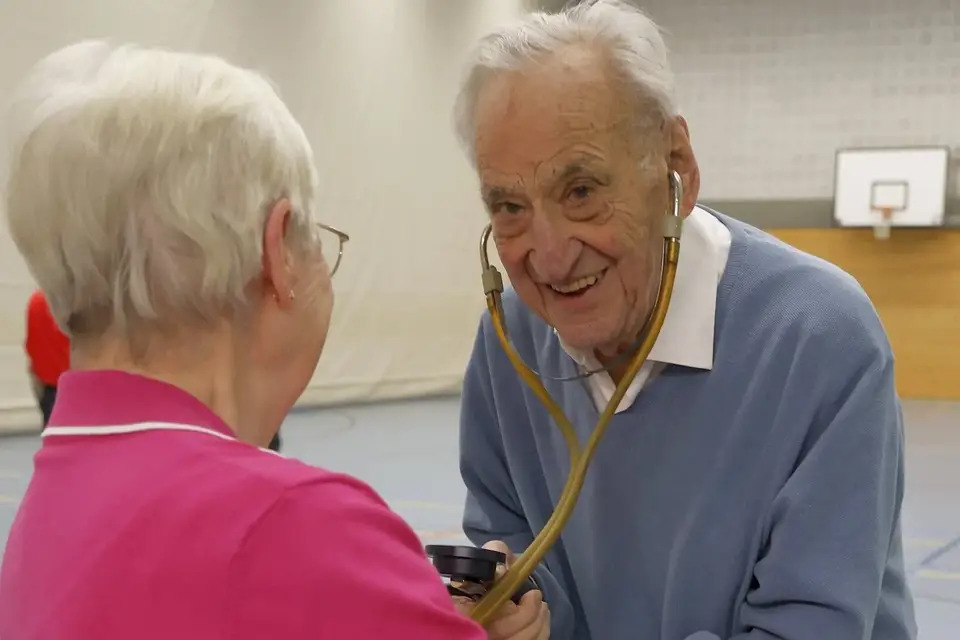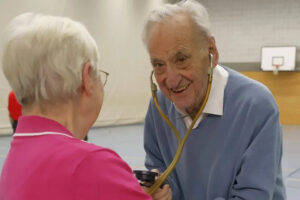Cardiovascular disease is one of the greatest health risks of our time. Back in the early 1970s, a concept was developed in Wiesloch that is considered a pioneer in Germany and internationally: the Wiesloch model. It continues to shape modern heart prevention today and inspires programs all over the world.
At the beginning of the 1970s, scientific studies revealed a connection between behavioral and metabolic disorders and the development of heart attacks and arteriosclerosis.
These disorders, known as risk factors, are high cholesterol, obesity,
high blood pressure, hyperuricemia and smoking.
In 1974, the medical profession in the Wiesloch area began to provide medically supervised group therapy for patients with an increased risk of heart attack at 7 locations
. The program was
scientifically monitored and consisted of:
Weekly sports lesson
Nutritional advice
and a long-term lecture program.
The scientific monitoring showed a significant reduction in risk factors
Cholesterol 17.1%
Triglycerides 25%
Uric acid 13.9%
Weight reduction 68%
All participants became non-smokers.
The model was recognized as a model by the WHO.
The intention of primary prevention was later continued in collaboration with the Institute for
Heart Attack Research at the University of Heidelberg under Prof. Dr. Egbert Nüssel in the
“Eberbach/Wiesloch Municipal Prevention Model”. At the population level
, a working group of around 20 citizens was formed with the aim of identifying and initiating ways of leading a healthy lifestyle among the
population. All
population groups, associations and the trades were invited to participate.
Monitoring over the years resulted in a reduction in risk factors of around 20%. The model was recognized
by the WHO and attracted great scientific interest.





